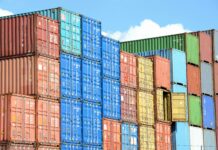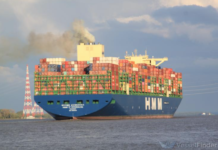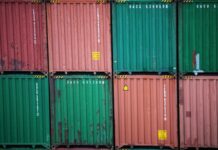
Finnish port equipment manufacturer Kalmar has announced the launch of its flexible, scalable Kalmar One Automation System as a standalone solution.
With this, Kalmar aims to respond to the increasing demand from customers for a modular original equipment manufacturer (OEM) and equipment-type agnostic fleet management solution.
Kalmar One is an OEM and equipment type-agnostic solution for automated operations. The solution enables terminal operators to integrate and optimise their operations holistically through one system and standardise automation solutions and operational models across multiple terminals.
With Kalmar One the whole terminal is accessible through one user interface instead of requiring equipment vendor-specific subsystems, according to the company.
The manufacturer notes three key benefits of Kalmar One:
- No vendor lock: Kalmar One can interface with any brand of automated equipment.
- Optimised operations: Kalmar One optimises the end-to-end logistics flow from stack to quay.
- Scalability and flexibility: Kalmar One is a modular solution that grows and changes with the business.
Juuso Kanner, Vice President of Automation Business Line at Kalmar, stated: “Kalmar One enables terminal operators to integrate, manage and optimise their entire fleet and operations through a single solution – without the restrictions of vendor lock-in. With a seamless interface between the terminal operating system and automated equipment, terminals can unlock the full potential of their automated assets, increasing efficiency and reducing costs.”





